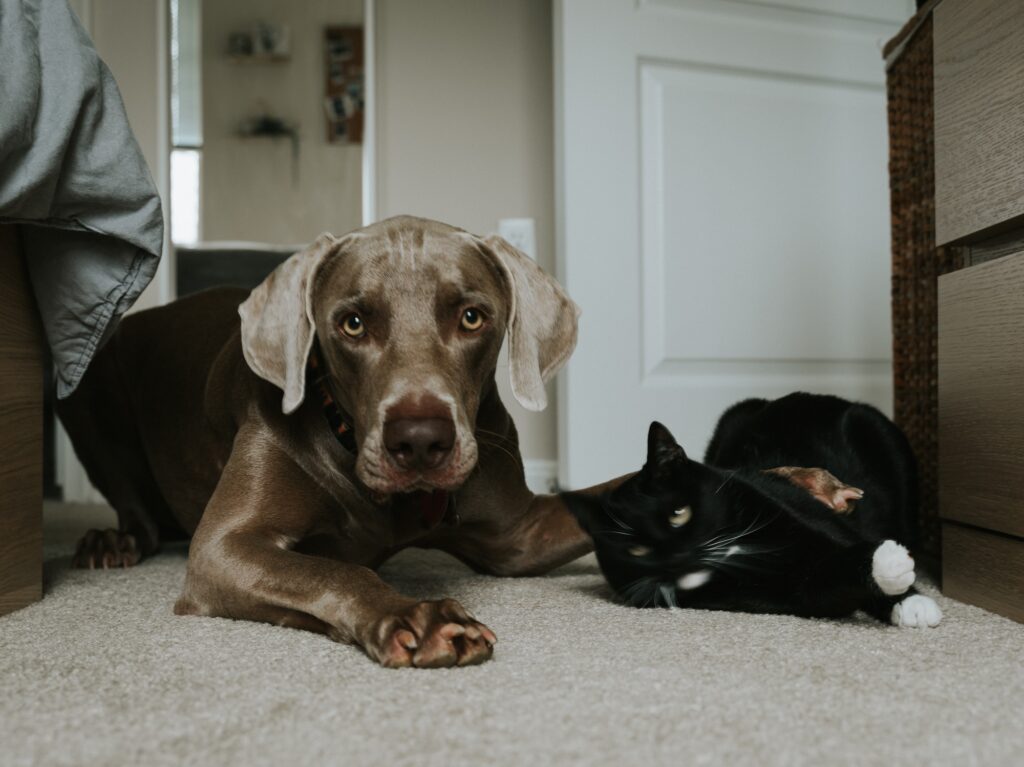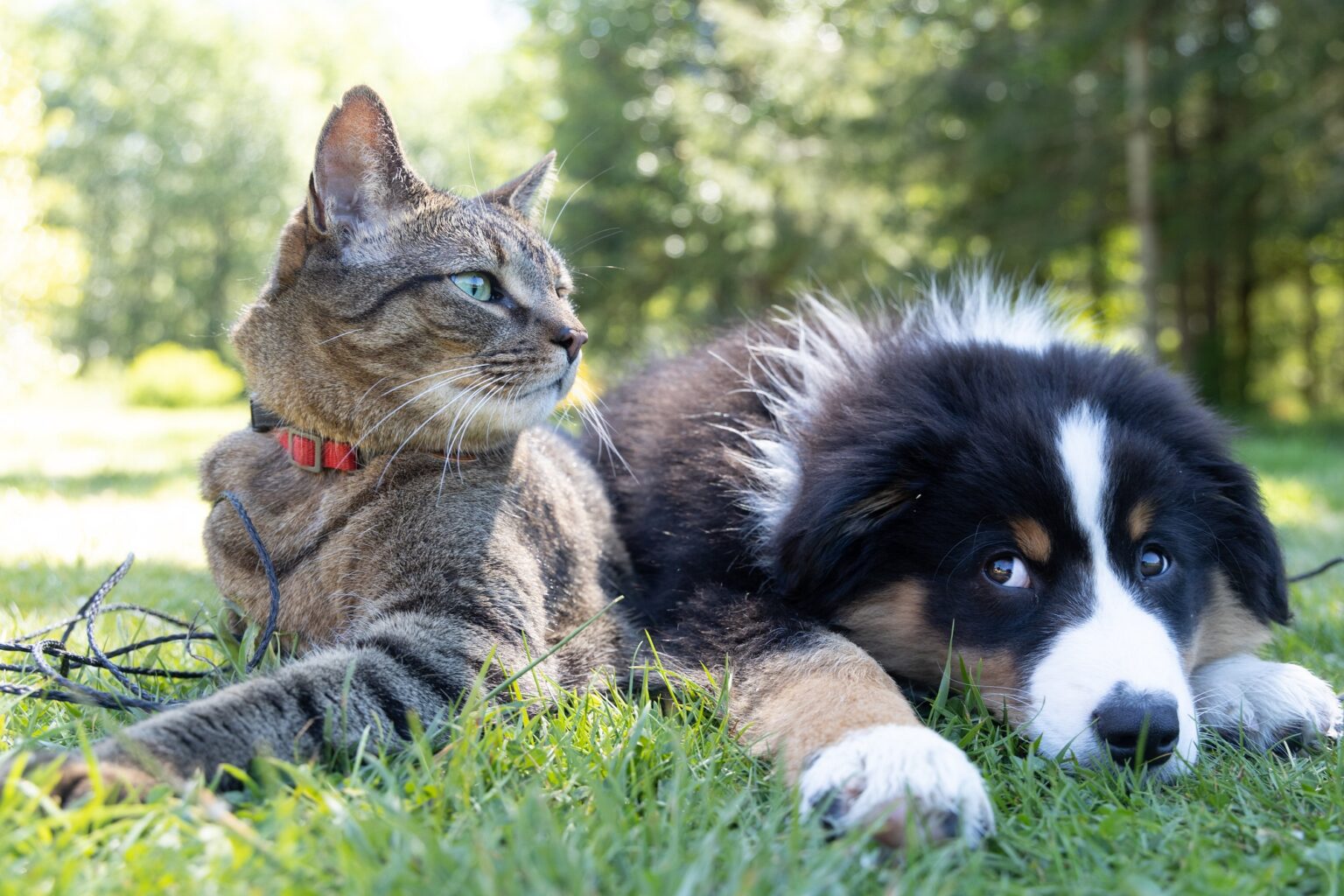Australia is well known for our tough biosecurity laws that protect our native flora and fauna. While it’s a very worthy aim, these laws don’t make it particularly easy when it comes to pet relocation.
If you’re on assignment and thinking about taking your pet overseas, or wanting to come back home with your pet, this guide deals with Australia’s ever evolving pet transportation requirements. It covers pet eligibility, legal requirements and process steps, as well as some tips to help ensure the transition back home is as smooth and stress-free as possible, both for you and your furry friend.
Is my cat or dog eligible to return to Australia?
There are some fairly strict laws around cats and dogs coming back home. Made and enforced by the Australian Department of Agriculture, Water and the Environment, dogs and cats:
- Can only return from a department approved country (group 1, 2 or 3)
- Must have resided in an approved rabies free country (group 1 or group 2) since birth or since arriving from Australia, or for at least 180 days before coming home
- Can’t be under quarantine restrictions at the time of leaving
- Can’t be more than 30 days pregnant or suckling young when leaving
- Can’t be a restricted breed
Unfortunately, dogs and cats in non-approved countries aren’t allowed directly into Australia. They have to go to an approved country first and stay there for 180 days.
If there’s any chance your dog or cat may visit a group 3 or a non-approved country while overseas, the government recommends they have a rabies vaccination and rabies neutralising antibody titre (RNAT) test before leaving Australia.
This helps ensure they can return home in the shortest time possible. Rabies vaccinations last between one and three years, and an acceptable RNAT lasts for 12 months from when it was taken. So if you’re planning on spending longer than that overseas, keep up those rabies vaccinations and RNAT tests.
How early should I start the pet relocation process?
The Australian government suggests you start your pet relocation process at least 7 months before you plan to come home if you’re in a category 3 country, and at least 6 months for category 2 countries. This might sound excessively long, but so is the government’s process!
What are the steps?
Many pet parents don’t realise that once your cat or dog leaves the country, they immediately lose their Australian health status. Getting it back involves a few steps. Here is a brief rundown:
1. Obtain an import permit
You get one of these from the Australian Department of Agriculture, Water and the Environment and is valid for 12 months once issued. Once you get it, it’s a good idea to make your quarantine booking as space is limited (more info in the ‘Quarantine’ section).
When applying for an import permit, you’ll need to provide a host of supporting documentation to prove your pet isn’t a biosecurity risk. The specific documentation you must provide depends on the type of animal, but in general you’ll need:
Proof of vaccination and a health certificate
Dogs and cats must be vaccinated against rabies (unless they’re coming from a category 1 country), as well as having a rabies titre test to prove this. You’ll also need to provide a valid vaccination certificate that shows your pet was vaccinated at least 28 days prior to travel.
In addition, they’ll need a health certificate produced within 5 days of departure that shows they’ve had the right mix of mandatory vaccinations against other diseases and parasite treatment, plus a breakdown of their current health status. These documents must come from a government approved veterinarian or official government veterinarian.
Microchip information
All dogs and cats must have an ISO compatible microchip prior to arrival in Australia, and you must note the number in your import permit application. Important: you need to microchip them before doing the rabies titre test.
2. Make sure you have the right transportation
Pets must travel in an airline-approved crate that meets their size and ventilation requirements.
3. Quarantine
Cats and dogs have to quarantine upon arriving in Australia (unless you’re coming from New Zealand). This is at Melbourne’s Mickleham facility so your pet must fly directly into Melbourne.
New quarantine rules came into effect on 1 March 2023. Pets arriving from category 2 and 3 countries must quarantine for 30 days, which is a big jump from the old requirement of 10. However, there are a few exemptions that can reduce it back down to 10 days. It’s also important to understand you won’t be allowed to visit your pet during the 10 day quarantine period, but may be allowed to for longer stays.

Top tips for a smooth and stress-free transport experience
Assess your pet for travel
Spend some time considering how fit your pet is to travel. Are they in good health? Do they have trouble with poor ventilation or heat due to their breed (brachycephalic breeds are known for this)? Do they become aggressive when anxious? Should this be the case, you may want to speak to a vet about using a calming collar or spray.
Another important consideration is whether your furry family member is used to crate travel. As some pets have trouble with this, you may need to spend some time training and familiarising them with this environment before you leave Australia, and before leaving to come home.
Start early
While the Aussie government suggests you start this relocation process 7 months prior to your departure, it’s a good move to tack on a few more months, aiming for around 10-12 months prior. This accounts for inevitable delays, whether that’s to do with paperwork or quarantine facility bookings.
Choose a direct flight
Where possible, a direct flight will reduce the amount of time your furry friend spends transiting.
Engage in some enjoyable pre-departure activities
Aim to feed your pet a light meal around 6 – 8 hours before the flight. As flight time draws closer, take them for a long walk or some other form of exercise, and ensure they have ample toilet breaks.
Bonus tip: consider using an expert
As you can see, the pet relocation process is complicated with plenty of opportunity for things to go wrong, especially at the documentation stage. And that’s not something you want as a pet parent, as it could mean you’re separated from your furry family member for longer than necessary.
From our many years working in mobility management, we understand the important part your pet plays in your family unit. That’s why we partner with Jet Pets, an expert pet transportation service. They can oversee the entire relocation process for you, from navigating the documentation minefield, to providing the right crate transport for your pet’s breed and needs, to meeting your pet on arrival and ensuring they settle into the quarantine facility.
Feel free to connect with one of our Grace Corporate Services specialists to discuss how we can support you pre-departure, or post-assignment in getting your precious pet back home.


